How Trump Is Helping Washington’s Foes in Africa
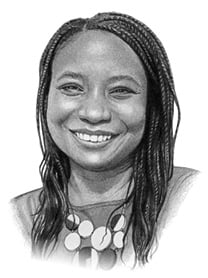
How Trump Is Helping Washington’s Foes in Africa
Ramaphosa’s treatment at the White House cemented that the U.S. is writing itself out of the continent’s future.
U.S. President Donald Trump during his meeting with South African President Cyril Ramaphosa at the White House in Washington on May 21. Jim Watson/AFP via Getty Images
Welcome to Foreign Policy’s Africa Brief.
The highlights this week: U.S. President Donald Trump’s Africa policy is a boon to China and Iran, South African President Cyril Ramaphosa wins praise after his trip to Washington, and the United States announces plans to impose sanctions on Sudan.
Welcome to Foreign Policy’s Africa Brief.
The highlights this week: U.S. President Donald Trump’s Africa policy is a boon to China and Iran, South African President Cyril Ramaphosa wins praise after his trip to Washington, and the United States announces plans to impose sanctions on Sudan.
Trump’s Shortsighted Africa Policy
U.S. President Donald Trump’s ambush of South African President Cyril Ramaphosa at the White House last week has cemented the consensus among many African leaders that Washington has written itself out of the continent’s future.
The meeting between Trump and Ramaphosa followed months of U.S. foreign policy that has deprioritized Africa—a continent that will soon make up the world’s largest workforce and, by 2050, account for a quarter of the people on the planet.
For instance, the Trump administration’s decision to shutter the U.S. Agency for International Development has threatened starvation in Sudan and a rollback of gains in HIV/AIDS treatment in South Africa. Washington has also proposed plans to cut $555 million in funding to the continent’s main infrastructure lender, the African Development Bank.
As the United States steps back, Washington’s adversaries are looking to expand their political and economic influence on the continent.
Iranian officials have stepped up efforts to secure deals off the back of the third Iran-Africa Economic Cooperation Conference, held in Tehran in late April. More than 50 senior officials from 29 African nations attended the summit, according to Iranian state media.
At the conference, Mohammad Atabak—Iran’s minister of industry, mines, and trade—said that Tehran intends to increase its annual trade with Africa from $1.2 billion to $10 billion. This includes plans to establish new shipping and air routes to the continent, set up a joint Iran-Africa development fund, and allocate a $2 billion credit line for buying goods from Africa.
Iran sees potential in agriculture cooperation with African countries. Although no deal between Iran and Kenya was announced, Nairobi, which sent a high-level delegation to Tehran to attend the summit, has been pushing to increase its exports of tea, coffee, and other goods to Iran in exchange for opening its markets to Iranian oil.
Kenya is one of the countries that has relied on the African Growth and Opportunity Act (AGOA), which allows duty-free access to the U.S. market. But Trump has effectively ended AGOA by imposing a blanket 10 percent tariff on nearly all nations, including AGOA beneficiaries. AGOA is officially due to expire in September, putting 66,000 Kenyan jobs at risk.
Meanwhile, Ethiopia’s attendance at the Tehran summit led to the signing of a security pact on May 6 to help Addis Ababa deal with increased attacks from paramilitary forces, including factions of the Tigray People’s Liberation Front and Fano, an Amhara militia.
Under the new agreement, the two countries’ national police agencies will collaborate on intelligence and training. Iran’s drones were used during Ethiopia’s civil war in Tigray from 2020 to 2022.
Iran also hopes to increase trade with Algeria. Iran sent a delegation to Algeria last month, and again last week, to strengthen bilateral relations. As Tehran seeks to bypass sanctions, Algeria—a major gas exporter to Europe—offers a possible gateway for economic and energy cooperation.
Meanwhile, Beijing has ramped up its diplomacy on the continent. China’s trade with Africa totaled $296 billion last year, compared with U.S.-Africa trade of around $71.6 billion.
Since Trump took office in January, Nigeria, Kenya, and Zambia have signed infrastructure and security deals with China. A new $652 million Chinese funding package, approved earlier this month, will finance a road connecting a sea port and the Dangote Petroleum Refinery in Lagos to Nigeria’s southern states. Abuja also announced on Sunday that Chinese investors are largely funding two new lithium processing plants in Nigeria.
Pressure from the Trump administration may force vulnerable African nations to seek out short-term deals with Washington. But many African countries’ economies are already becoming less reliant on the United States for trade. Longer term, this will lead to further erosion of U.S. influence on the continent in favor of China, Iran, and other opportunistic states—a trend that will not be easily reversed.
The Week Ahead
Tuesday, May 27, to Thursday, May 29: Delegations from 40 African countries attend the International Meeting of High Representatives for Security Issues in Moscow.
Thursday, May 29: The United Nations Security Council discusses sanctions on South Sudan.
The African Development Bank is due to announce its new president following a vote on Monday.
Tuesday, June 3, to Friday, June 6: The European Union-Africa Forum on Cultural Diplomacy is held in Berlin.
What We’re Watching
Ramaphosa wins praise. Ramaphosa’s calm, measured response to Trump’s pre-planned ambush of him at the White House last week gave an unexpected boost to his popularity back home.
At the meeting, Trump dimmed the lights of the Oval Office and showed a four-minute video montage that he claimed proved his allegations of a “white genocide” in South Africa. The video included a clip of Julius Malema, the leader of radical left-wing opposition party Economic Freedom Fighters (EFF), singing “Kill the Boer,” a controversial anti-apartheid song. (Malema has been one of the most vocal critics of Ramaphosa and his coalition government.)
The video ended with aerial footage of white crosses, which Trump said marked the graves of “over 1,000 white farmers.” In reality, the crosses were erected as a memorial after the murder of a white couple, Glen and Vida Rafferty, on their farm during a 2020 robbery. Two men were sentenced to life imprisonment for the killings, and the crosses are no longer on the site.
Trump also showed Ramaphosa a printout with an image of what he alleged were body bags of dead white farmers. But this was actually a Reuters photo of Black Congolese killed during fighting between the Democratic Republic of the Congo’s army and Rwanda-backed M23 rebels.
On Friday, the South African police pushed back against Trump’s false claims as it released statistics for the first three months of 2025. Although the country’s crime statistics do not normally reference race, the announcement made clear that of the six farm murders that have taken place this year, five of the victims were Black.
Trump’s deportations. A federal judge in Boston ruled last Wednesday that the Trump administration “unquestionably” violated his previous injunction by attempting to deport eight migrants from countries including Laos, Mexico, and Vietnam to South Sudan, a nation that is on the brink of civil war.
To comply with the order, the migrants will remain for at least two weeks in Djibouti, where the United States has a military base.
The Trump administration appears to be pressuring fragile African countries to accept foreign deportees. In April, Washington withdrew its military personnel from a U.N. peacekeeping mission in South Sudan and revoked visas for all South Sudanese nationals in response to Juba’s refusal to accept a Congolese man deported from the United States. South Sudan later agreed to receive the man “in the spirit” of “friendly relations,” but the United States has yet to reverse its decision.
Earlier this month, a judge temporarily blocked the Trump administration from deporting Southeast Asian migrants to Libya, another country mired in an ongoing conflict.
Sudan sanctions. Last week, the United States announced plans to impose sanctions on Sudan’s de facto military government after finding that it used chemical weapons in 2024 in its ongoing war with the paramilitary Rapid Support Forces. The sanctions will go into effect around June 6.
The sanctions notice did not specify which chemical weapons were used, but the New York Times reported in January that Sudan appeared to use chlorine gas in at least two incidents. The conflict, which recently entered its third year, has killed more than 150,000 people.
FP’s Most Read This Week
- A Russia-NATO War Would Look Nothing Like Ukraine by Fabian Hoffmann
- Russia Has Started Losing the War in Ukraine by Michael Kimmage
- Trump Gets the Middle East Right by Steven A. Cook
What We’re Reading
Rigged election. Zimbabwe’s ruling Zanu-PF party helped to rig its neighbor Mozambique’s 2024 election, Walter Marwizi and Garikai Mafirakureva report in the Continent.
Mozambique’s Frelimo party has been in power since the country’s independence in 1975. After its presidential candidate, Daniel Chapo, claimed to win last October’s election with more than 70 percent of the vote, thousands of Mozambicans took part in waves of demonstrations over alleged election fraud. As the state has cracked down on the protests, more than 300 people have reportedly been killed.
According to Marwizi and Mafirakureva’s investigation, which was produced by the South Africa Accountability Journalism Project, Zanu-PF gave Zimbabweans fake Mozambican IDs and asked them to cross the border and vote for Frelimo. The alliance between Zanu-PF and Frelimo is one of the continent’s strongest and dates back to independence.
Absent dandies. The Metropolitan Museum of Art’s current exhibition on Black dandyism—which was also the theme of this year’s Met Gala—leaves out the full story of the movement, Achille Tenkiang argues in Africa Is a Country. The figures who embody Black dandyism’s subversive and defiant history are “curiously absent,” Tenkiang writes.
Meanwhile, Tenkiang writes, “across the East River from the Met—where the tailoring of Blackness was on full curatorial display—Black and African migrants line up outside overcrowded shelters, the target of caustic rhetoric and policy failure. … [New York’s] capability to exalt Black elegance in one zip code while surveilling Black arrival in another is not a contradiction, but a structure.”
Nosmot Gbadamosi is a multimedia journalist and the writer of Foreign Policy’s weekly Africa Brief. She has reported on human rights, the environment, and sustainable development from across the African continent. X: @nosmotg
Stories Readers Liked
In Case You Missed It
A selection of paywall-free articles

Four Explanatory Models for Trump’s Chaos
It’s clear that the second Trump administration is aiming for change—not inertia—in U.S. foreign policy.
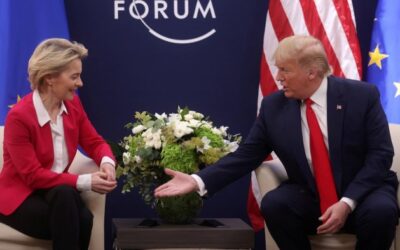
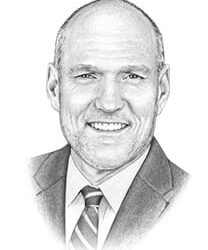














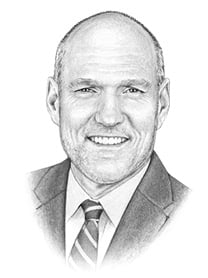
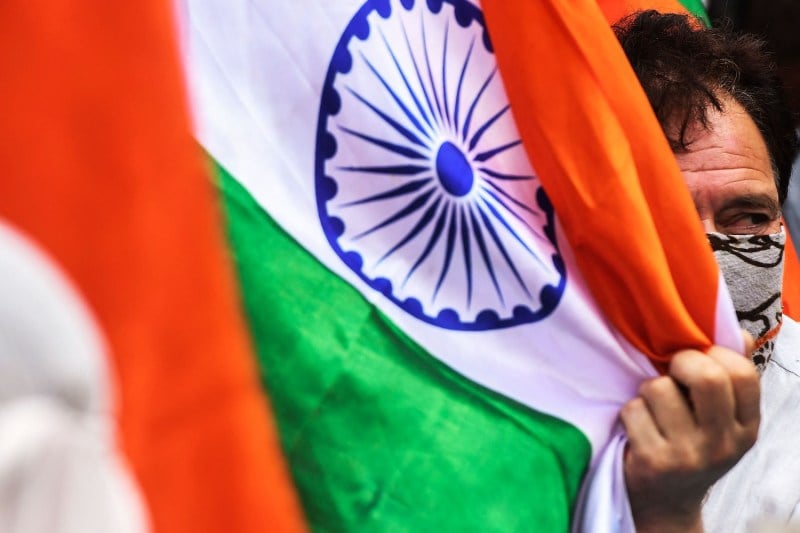
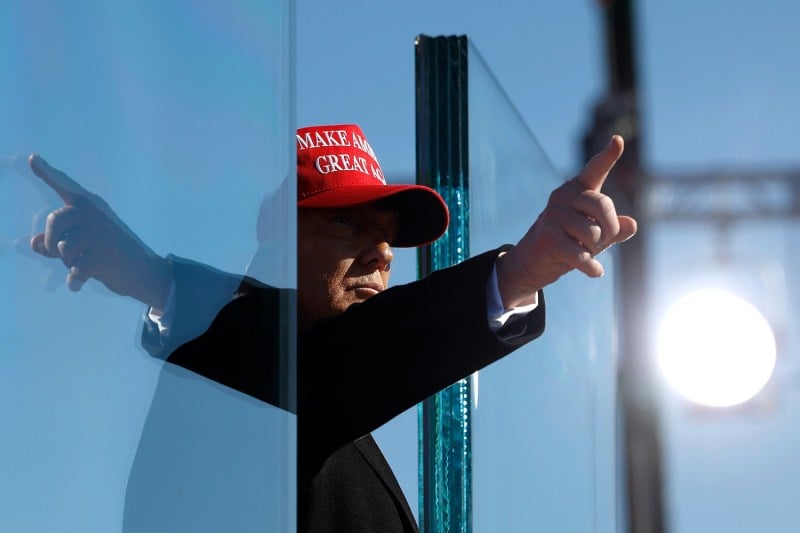
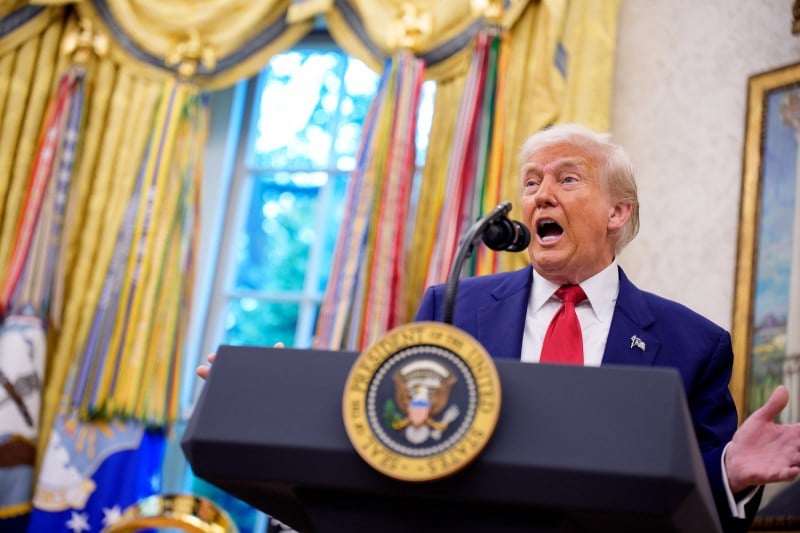
Join the Conversation
Commenting is a benefit of a Foreign Policy subscription.
Subscribe
Subscribe
Already a subscriber?
.
View Comments
Join the Conversation
Join the conversation on this and other recent Foreign Policy articles when you subscribe now.
Subscribe
Subscribe
Not your account?
View Comments
Join the Conversation
Please follow our comment guidelines, stay on topic, and be civil, courteous, and respectful of others’ beliefs.
View Comments
Change your username |
Log out
Change your username:
CANCEL
Confirm your username to get started.
The default username below has been generated using the first name and last initial on your FP subscriber account. Usernames may be updated at any time and must not contain inappropriate or offensive language.